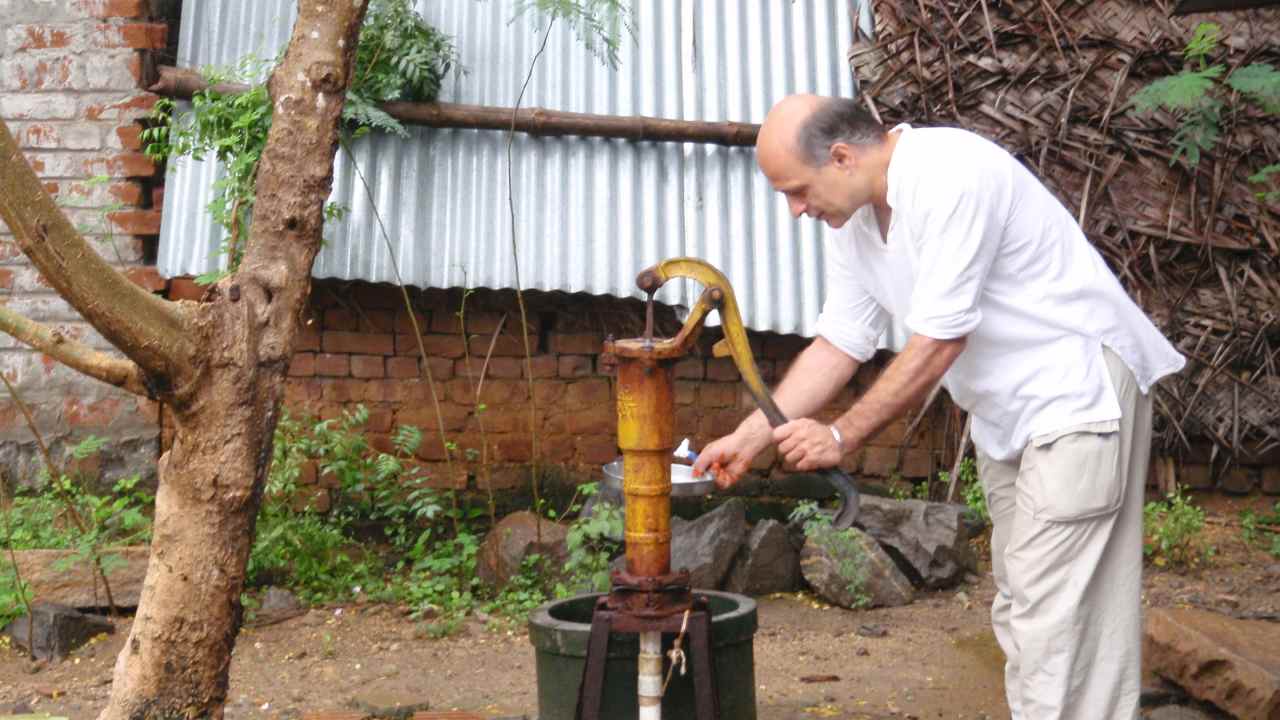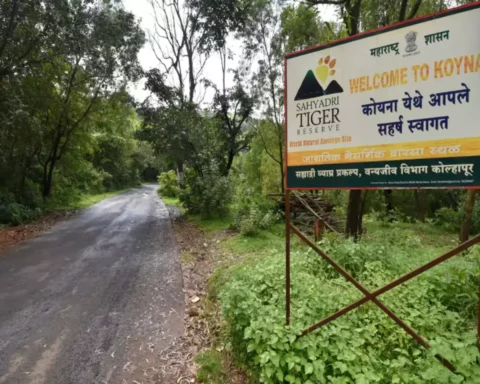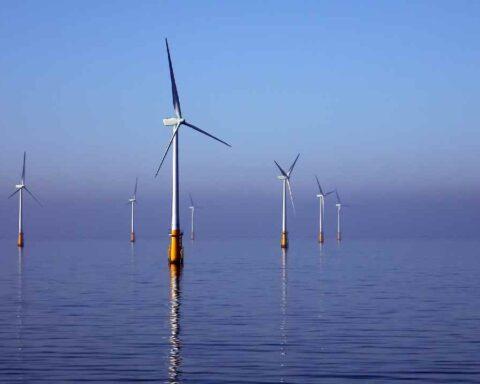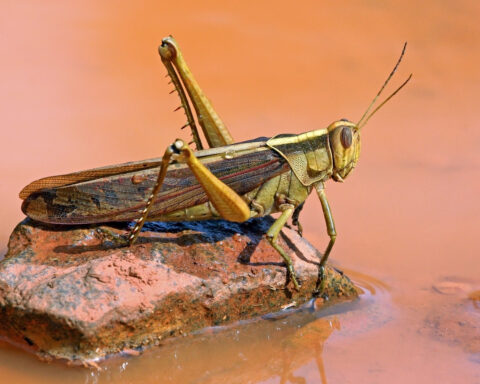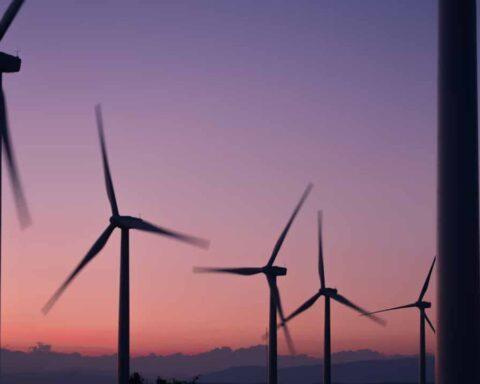Under Centre’s flagship groundwater programme, Atal Bhujal Yojana, over 2,200 villages have drawn up water budgets that show how much groundwater is available, how much is estimated to be recharged, and how much can be set aside for agriculture—the most prominent use of the resource—says a blog funded in part by the Global Water Security Sanitation Partnership, a multi- donor trust fund based at the World Bank’s Water Global Practice.
Atal Bhujal Yojana, launched in 2019 and supported by the World Bank since 2020, plans to focus on getting farmers to adopt high-efficiency irrigation practices and broach the more complex issue of getting them to switch to less water-intensive crops.
The objective is to make farmers alter their cropping patters to suit the water available in each season, and for the government to use economic instruments to manage the groundwater depletion crisis.
For example, in Gujarat, farmers are moving away from crops such as cotton and wheat to more water-economical crops such as pomegranates and cumin that not only use less water, but also get them good prices.
The World Bank is now making plans to support these farmers by developing value chains that source quality inputs and improve crop management. The other plans are to link farmers to better market opportunities through collective marketing and support the primary processing of produce by grading and packing.
In 2020, the World Bank began support for the groundwater conservation programme in over 9,000 water-scarce gram panchayats in seven Indian states, namely Haryana, Uttar Pradesh, Rajasthan, Gujarat, Maharashtra, Madhya Pradesh and Karnataka.
In Haryana, the state government programme, Mera Pani, Meri Virasat (My Water, My Heritage) is incentivising farmers to replace water-guzzling crops such as paddy with maize, millets or pulses.
The Centre is using the scheme as the platform around which other national- and state-level programmes are anchored. It is leveraging the Mahatma Gandhi National Rural Employment Guarantee Act or MGNREGA (MNREGA) programme and the watershed development component of Pradhan Mantri Krishi Sinchai Yojana (PMKSY) to help farmers build water-harvesting structures and get ‘more crop per drop’ by adopting high-efficiency irrigation systems.

